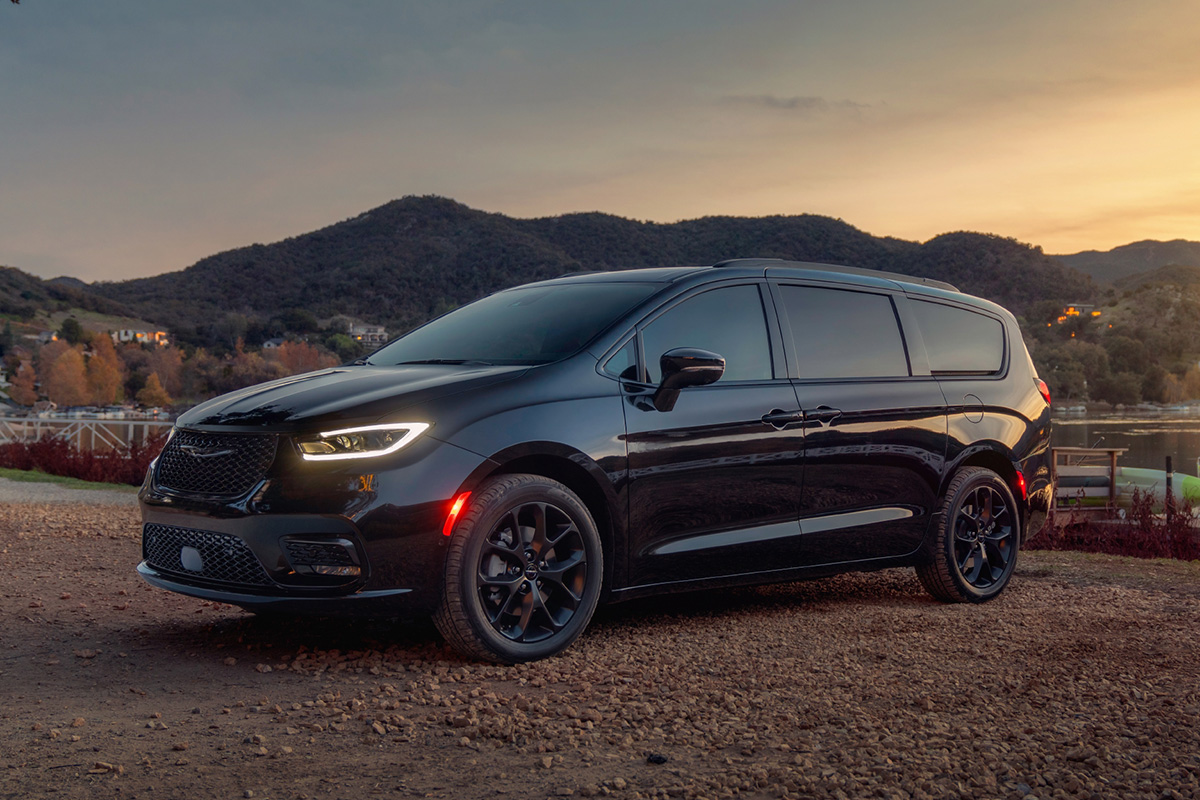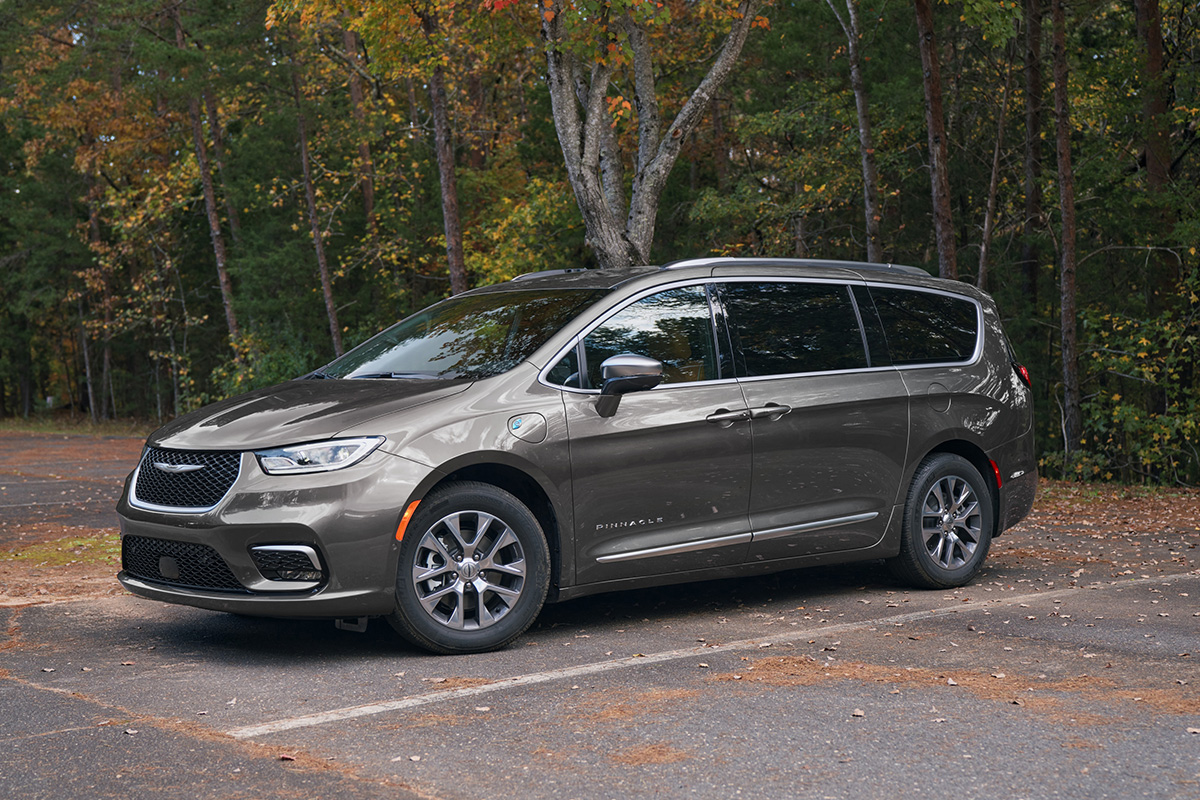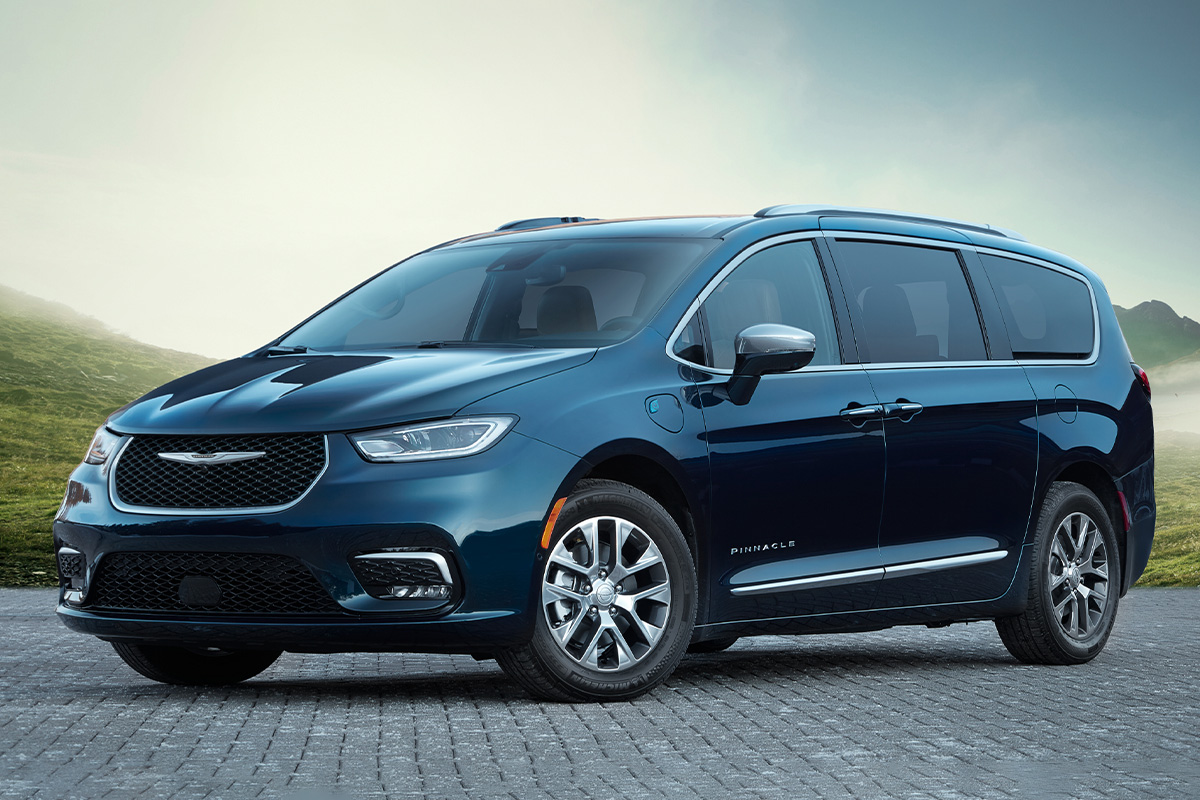A hybrid is any vehicle that uses a combination of an internal combustion engine (ICE) and an electric motor to get going. The motor can power the vehicle at low speeds or assist the engine in high-demand situations, resulting in higher fuel economy and lower gas emissions.
There are two types of conventional hybrids: full hybrid vehicles (can drive on electric power alone) and mild hybrid vehicles (cannot run using electricity alone).
A plug-in hybrid vehicle, also called PHEV, works the same way as a traditional hybrid, but it can be recharged from an external electric source. It’s the most common type of hybrid vehicle we have available on our lot in Downey, California.


Battery: Since they run primarily on batteries, plug-in hybrids tend to come with bigger, higher-capacity batteries than regular hybrids, allowing you to cover long distances without using gas. Because of their complexity and more powerful batteries, plug-in hybrids are usually more expensive than their conventional counterparts.
Charging: Regular hybrid vehicles do not require charging, as they are able to charge themselves while driving. This occurs through a process known as regenerative braking, where energy lost when a driver hits the brake is recaptured and stored in the battery for later use. In addition to regenerative braking, plug-in hybrids can also be connected to a 120v or 240v outlet to top off their batteries.
Electric Range: Regular hybrids can only travel a short distance on electric power alone. Plug-in hybrids, on the other hand, can offer between 20 and 40 miles range using electricity. In fact, plug-in hybrid vehicles only begin to use their internal combustion engine when the battery is almost depleted.
Fuel Economy: Both hybrid options are fuel efficient. However, plug-in hybrid vehicles tend to have better gas mileage than traditional hybrids.
Cost-Efficiency: Plug-in hybrids will save you more money in the long run than regular hybrids. With a plug-in hybrid, you will spend less on fuel over your vehicle’s lifetime than with a standard hybrid.
Environmental Impact: Vehicles generally produce little-to-no emissions when running on electricity. Since plug-in hybrids have a longer electric range than regular hybrids, they produce lower emissions and are much better for the environment.


| Regular Hybrid Vehicles | Plug-in Hybrid Vehicles | |
|---|---|---|
| Battery size | Moderately-sized | Bigger batteries |
| Electric power | Can power the vehicle at slower speeds | Can power the vehicle at both high and low speeds |
| Gasoline power | Used in most driving conditions | Used concurrently or when the battery is almost out of charge |
| Recharging | Regenerative braking | External electric source, plus regenerative braking |
| Emissions | Low emissions | Much lower emissions |
| Electric Range | Short, not rated | Between 20 to 40 miles |
| Cost | Inexpensive | A bit costly |
Now that you know the differences between the two hybrid options, we are inviting you to visit our showroom in Downey, CA, to check out the hybrid and plug-in hybrid models we have for sale at affordable prices. Our lot is full of fantastic eco-friendly vehicles packed with the latest automotive technology to make every moment behind the wheel enjoyable. Explore our inventory today to see the vehicles we have available, and come to our dealership to schedule a test drive in your favorite model.
While great effort is made to ensure the accuracy of the information on this site, errors can occur. Please verify all pricing and installed equipment information with a customer service representative. This is easily done by calling us or visiting us at the dealership.
Customer may not qualify for ALL Rebates shown. Some rebates are stackable and others can and cannot be combined. See Dealer For Complete Details.
We improve our products and advertising by using Microsoft Clarity to see how you use our website. By using our site, you agree that we and Microsoft can collect and use this data. Our privacy statement has more details.